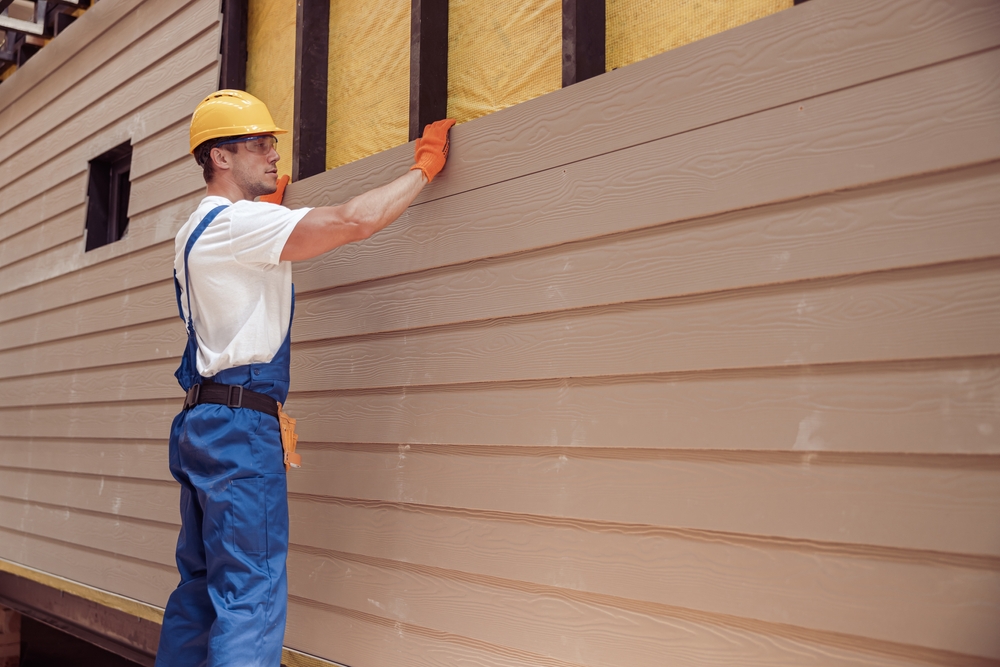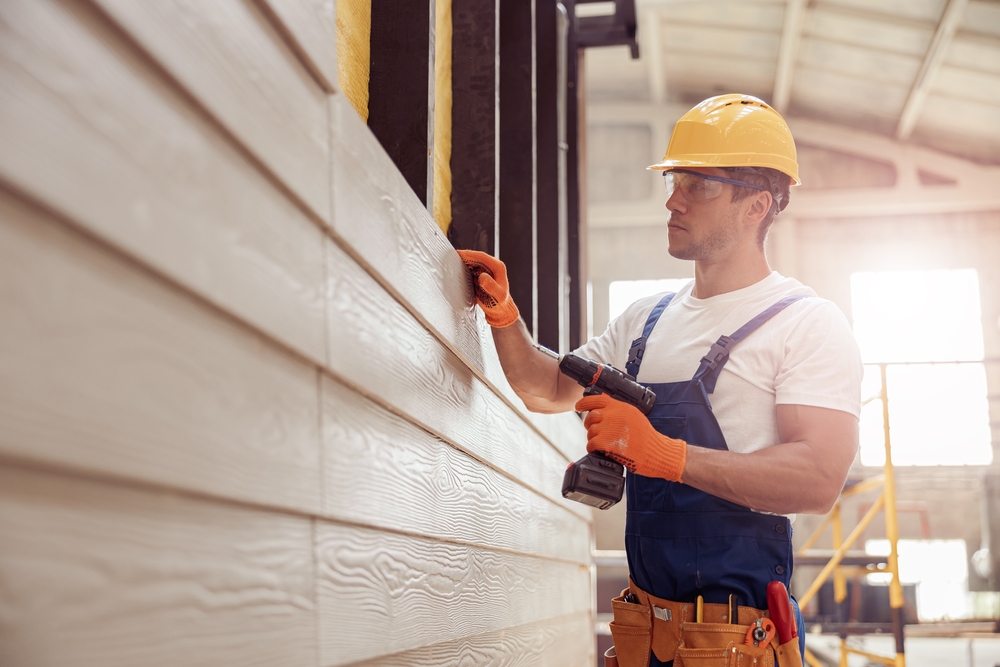Discover 5 key benefits of upgrading your home with versatile T1-11 siding. Durable, stylish, and cost-effective—transform your exterior with this classic choice!
Table of Contents
Home with Versatile T1-11 Siding: A Comprehensive Guide

T1-11 siding has long been a popular option for both residential and commercial buildings. It offers a unique aesthetic, durability, and flexibility for a variety of projects. Understanding the nature of T1-11, its applications, and maintenance requirements can empower you to make informed decisions when selecting siding for construction or renovation projects.
Understanding T1-11
T1-11 siding is a type of engineered wood siding made primarily from plywood or oriented strand board (OSB). Manufacturers craft T1-11 by layering wood veneers, binding them with adhesives under heat and pressure. This creates a strong, uniform panel. The most characteristic feature of T1-11 is its grooved surface, designed to mimic individual planks and provide a classic wooden exterior look.
Types of T1-11
There are two main types of T1-11 siding: plywood and OSB.
Plywood T1-11:
- Constructed from plies of wood veneer, glued together with the grain of each layer perpendicular to that of adjacent layers.
- Offers strength and lightweight characteristics.
- Generally more resistant to impact and moisture compared to OSB.
OSB T1-11:
- Made from small wood strands bonded together with adhesives.
- Often more affordable than plywood T1-11.
- Has less flexibility but still provides substantial durability.
Applications
T1-11 siding serves a range of applications. Its aesthetic appeal and durability make it suitable for residential, commercial, and industrial projects. Additionally, T1-11 can be used in various climates; however, protective finishes are necessary in moisture-prone areas.
Residential Uses
T1-11 is frequently chosen for homes due to its rustic appearance. It complements both traditional and modern architectural styles. Many homeowners select it for exterior walls, garage doors, and even outbuildings like sheds and barns. T1-11 can be painted or stained to match specific design themes, adding to its versatility.
Commercial Uses
Businesses use T1-11 for workshops, office buildings, and storefronts. Its affordability makes it a tempting choice for companies managing a budget without sacrificing quality. The ease of installation further reduces costs, as less labor is required compared to other siding options.
Installation

Installation of T1-11 requires basic carpentry skills. When installing, the panels are placed vertically, and care should be taken to align grooves for a seamless appearance. Appropriate support materials such as battens, studs, and flashing are necessary to ensure structural integrity and weather resistance.
Preparation
- Ensure a flat and stable surface for panel installation.
- Consider using house wrap or a vapor barrier under the siding for extra protection against moisture.
- Measure accurately and pre-cut panels to fit.
Mounting
- Use galvanized or stainless-steel nails to prevent rusting and decay.
- Space nails approximately 8 inches apart along the perimeter and every 12 inches along panel edges.
- Apply caulk to all seams, joints, and edges to enhance moisture protection.
Maintenance
T1-11 siding requires regular maintenance to preserve its condition over time. Detection and repair of damages early can extend its life significantly.
Inspection and Cleaning
- Inspect for any signs of water penetration, rot or pest damage. Pay special attention to the bottom edges where water exposure is greatest.
- Use a gentle detergent and water to clean the surface. A soft-bristle brush can be used to remove dirt buildup from the grooves.
Patching and Sealing
- Patch any small holes with wood filler. For larger damages, replace the affected panel.
- Reapply paint or stain every few years to maintain aesthetic appeal and provide additional protection.
Advantages and Challenges
While T1-11 is a versatile and practical choice, it also comes with its own set of advantages and possible drawbacks.
Advantages
- Cost-Effective: Generally cheaper than many other siding options.
- Versatile Appearance: Easy to paint or stain to fit various design schemes.
- Simple Installation: Lends itself to DIY projects due to ease of handling and mounting.
Challenges
- Maintenance: Requires regular upkeep to prevent water damage and maintain appearance.
- Moisture Sensitivity: Without proper sealing, risk of water absorption can lead to rotting.
Environmental Considerations
T1-11 is relatively environmentally friendly compared to some synthetic materials. Wood is a renewable resource, and many producers source their wood from sustainably managed forests. Additionally, using T1-11 can achieve a natural look without additional resource-heavy materials.
Recycling and Disposal
- Recyclable: Wood and wood-based products, including T1-11, can be recycled into mulch or other wood products.
- Biodegradable: Natural wood will decay over time naturally, lessening its environmental footprint compared to non-biodegradable materials.
Conclusion
T1-11 siding remains a reliable and classic choice for homeowners and businesses. With careful selection, installation, and maintenance, it can provide long-lasting style and function for many structures. Understanding its characteristics, applications, and care advice lays the groundwork for successful usage and maximization of investment. As trends in construction continue to evolve, T1-11 maintains relevance by offering both economic and aesthetic benefits.




Subscribe for Updates
Get the latest articles delivered to your inbox.
We respect your privacy. Unsubscribe anytime.